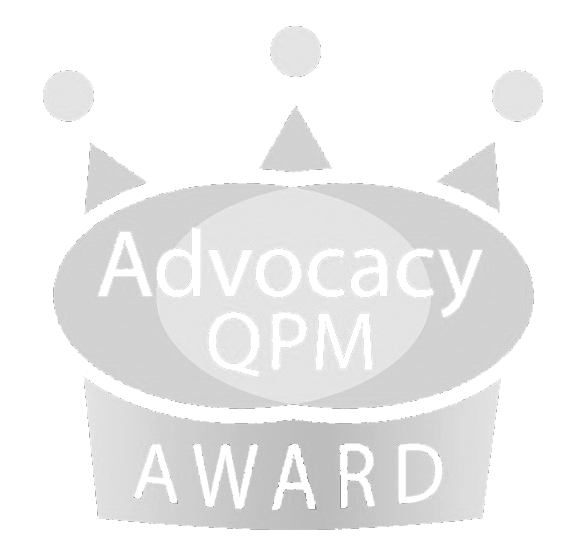Incorporating a Charity to a Charitable Company
Many organisations think about changing legal structure when the trustees and management committees are concerned about personal liability.
Incorporation means creating a legal identity for the organisation that is different to its members - a corporate body. In an unincorporated association (how many charities and voluntary and communities start out) or trust, the law does not recognise a difference between the organisation and its members - it is simply seen as a group of people.
The biggest advantage of incorporation is in the limited liability for members of the organisation and its governing body. A charitable company can own property and sign contracts in its own name. You should think about becoming a charitable company if your charity has employees, owns property, signs contracts to complete work, has long-term financial commitments such as a lease or runs risky activities.
Unfortunately, an unincorporated association or trust can’t simply convert to a charitable company. Instead, your organisation must first form and register a new company (usually a company limited by guarantee) with Companies House using a new governing document called memorandum and articles of association. The new company must then be registered as a charity with the Charity Commission. The original charity will be closed down once everything has transferred to the new charitable company.
Our Support and Development team can offer advice and guidance on incorporating an existing charity to a charitable company and take care of the processes on your behalf should you require additional support. Contact us on 0191 232 7445 or email connect@connectedvoice.org.uk.
There are eight steps to follow:
- Check the constitution of the existing charity to see if there is a restriction regarding incorporation (this is not common but should be checked). If there is a restriction then Charity Commission approval must be sought first
- Check the constitution of the existing charity to see if there is a dissolution clause. If there isn’t then the constitution must be amended to include one
- Talk to your pension provider about your plans. If you use a defined benefit scheme, incorporation may trigger certain pension liabilities so work with your pension provider before incorporation. It is likely you will need to take professional advice
- Prepare the memorandum and articles of association (sometimes shortened to mem and arts) for the new company
- Register the company (see Company registration below)
- Register the company as a charity (see Charity registration below)
- Transfer all assets and liabilities from the old, unincorporated charity to the new charitable company
- Dissolve (close down) the old charity
Remember that you must follow the provisions in the constitution until the time that the old charity is dissolved.
Company registration
Prepare the memorandum and articles of association then register the organisation as a company with Companies House. The objects must be exclusively charitable. Once registered with Companies House you will receive a certificate of incorporation giving your company registration number. You are then ready to register the company as a charity. We can offer assistance with the registration process.
Charity registration
Contact us for support with this step. You can download information about the charity registration application process and the forms you’ll need from the Charity Commission website. Once you submit your application, the Charity Commission will make an initial response within 15 working days. Try to reply quickly to any queries raised by the Commission or your application may be delayed. Again, we can offer assistance with this. When the charity has been registered you will receive formal notification showing the details that will be included on the Register of Charities (which is publicly available) and the registered number of the new charity.
Transfer or discharge of assets, liabilities and obligations
The new organisation is now set up as a company and a charity. The assets of the ‘old’ charity can be transferred (see below) to the ‘new’ charitable company. Everything must be legally transferred from the old organisation to the new charitable company so that problems over ownership of assets, liabilities and who is responsible for outstanding obligations, etc. do not occur in the future. A set of accounts at the date of transfer will have to be prepared and either audited or independently examined, depending upon the regime the original charity falls under. This will verify the value of assets and liabilities at the date of transfer and it is these values that will form the opening balances of the new charitable company. If any debts are larger than the assets being transferred and the new company does not have assets of its own to outweigh the debts, the debts cannot be transferred because this would mean an insolvent company was being created.
Next steps
Once you have completed the above steps there are a number of things you must do:
- Draw up a formal deed of transfer or members' resolution
- Transfer of land, buildings or investments
- Transfer of staff
- Transfer of property
- Inform your funders
- Inform your donors
- Open new bank accounts
- Transfer insurance
- Inform the statutory authorities, pension provider, utility companies etc.
- Register members
- Update your stationary
- Dissolution of the 'old charity'
If you would like support with incorporating an existing charity into a charitable company, get in touch with our Support and Development team on 0191 232 7445 connect@connectedvoice.org.uk.






